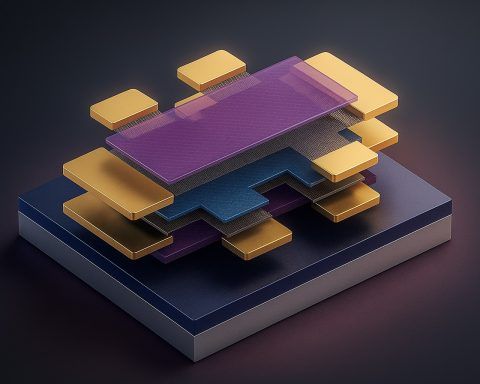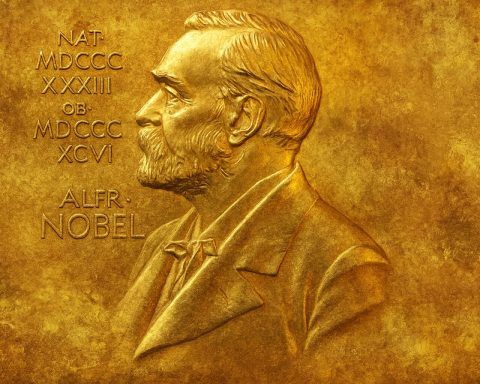
MIT reports nodal, unconventional superconductivity in magic‑angle graphene — Nov. 7, 2025
Published: Friday, November 7, 2025Topic: Magic‑angle graphene, superconductivity, twistronics, condensed‑matter physics What happened MIT physicists have presented the clearest evidence so far that magic‑angle twisted trilayer graphene (MATTG) hosts unconventional, nodal superconductivity. The results, published in Science on November 6,
